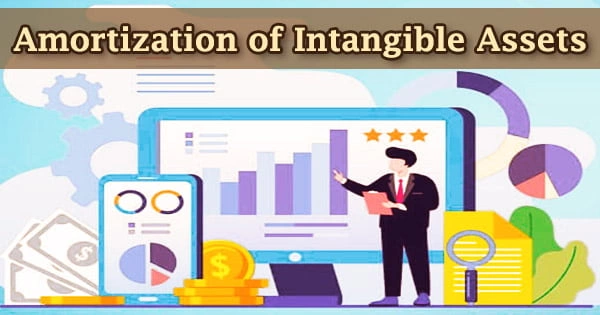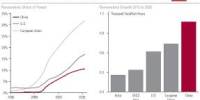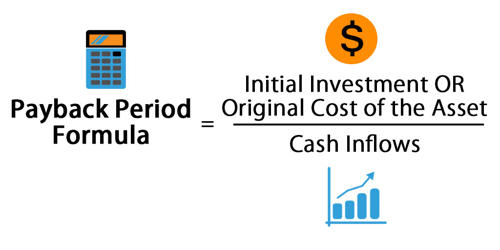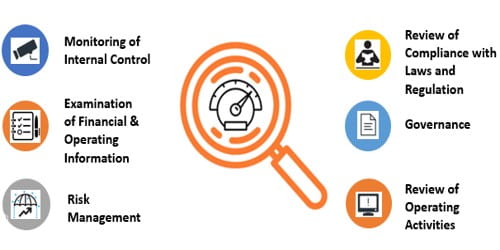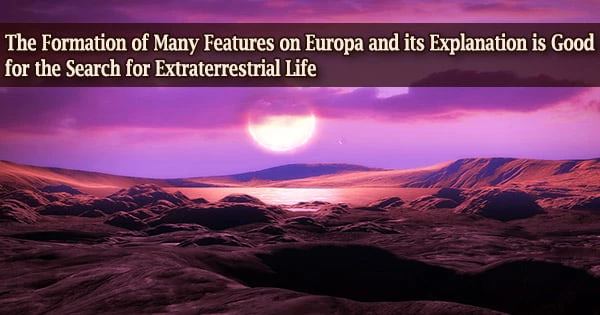Amortization of intangible assets is comparable to depreciation, which is the process of spreading out the expense of a company’s assets over time. An intangible asset is one that has no physical form. Patents, copyright, franchises, goodwill, trademarks, and trade names, as well as software, are examples of intellectual property. As a result, they are not made out of pieces or materials that have a defined benefit or life lifetime that can be measured objectively.
A company’s tangible assets, such as buildings, land, and machinery, are frequently plentiful. The amount of amortization utilized for tax reasons may differ from the amount of amortization used for corporate accounting purposes. The major distinction between amortization and depreciation is that the former is applied to intangible assets, while the latter is applied to physical assets.
When an intangible asset is thought to have an indefinite life, it is not amortized. Instead, it is checked on a regular basis to verify if the asset’s recorded cost has been tampered with. One probable cause to the gap between “business value as per their accounting records” and “company value as per their market capitalization” is intangible assets. The cost of intangible assets is progressively expensed or written down over time through the process of amortization.
The acquisition cost of an intangible asset is documented. When a patent is bought from a third party, the cost of the patent is recorded as an intangible asset. Intellectual property patents, goodwill, trademarks, and other intangible assets are examples of intangible assets. For tax reasons, most intangibles must be amortized over a 15-year period. IAS 38, published by the International Accounting Standards Board, specifies how intangibles should be amortized.

Intangible assets are consolidated into the fixed assets line item on a company’s balance sheet after they have been recognized in its accounting records. They might also be recorded on the balance sheet as a distinct line item. They are classified as long-term assets in any instance. Non-physical assets with a useful life of more than one year are classified as intangible assets.
Amortization is the “spreading” of the original cost of purchasing intangible assets over the corresponding useful life of the assets, similar to depreciation. Non-physical assets with monetary worth are known as intangible assets. There are two types of intangible assets that may be generally characterized:
- Definite life: They are assets having a limited lifespan. For example, a ten-year license to manufacture a specific product. In this case, the asset is granted a ten-year contract life.
- Indefinite life: At the time of creation, the life expectancy of such assets is unknown. They may create or contribute to ongoing revenue, such as broadcasting rights that may be renewed indefinitely at no expense to the holder.
Intangible asset amortization has two uses: accounting and tax deferral. In most cases, an intangible asset cannot be used as collateral for a loan since it is difficult to liquidate to repay the lender. Certain elements that can be utilized to assess the life of an intangible asset are highlighted in IAS 38, like as:
- Expected usage: The amount of time the asset is projected to provide value to the company. It might also be the contract’s duration that permits the usage of the intangible asset. A copyright, for example, will have a legal life of 50 years, but it will only be valuable for 10 years. The relevant amortization useful life is ten years in this case.
- Product life cycle: Some intangibles may be product-specific and should not have a life longer than that of the associated products.
- Technical obsolescence: Any intangible asset linked to a now-technically outmoded product should be considered impaired and amortized accordingly. A patent on a mechanical watch, for example, would be regarded as outdated, but a trademark may still be valuable owing to the brand’s unique quality.
- Competitor action: When a competitor’s activities render the incumbent product outdated, IAS 38 compels the incumbent corporation to depreciate and amortize associated intangibles. Any intangibles associated with the production or distribution of old-style tungsten light bulbs, for example, are rendered useless in the accounting sense with the advent of more energy-efficient lighting such as LEDs.
- Maintenance expenditure: Some intangibles, such as a renewal fee, need a financial outlay to keep them running. If a company’s maintenance costs are so exorbitant that it can no longer afford them, the company may be forced to write down or write off the asset. Broadcasting rights are the most typical example of an intangible. If you can easily renew your broadcasting rights, you can record them as an intangible asset with endless life.
Intangible assets having an unlimited useful life are not amortized but are examined for impairment if events or circumstances suggest that the carrying amount of the asset may not be recovered. The technique of amortization should be proportional to the asset’s use. If no determinable technique exists, the asset must be amortized in a straight-line fashion.
In any situation, the amortization process allows the corporation to write off a portion of the value of that intangible asset on a regular basis. Intangible asset amortization is similar to depreciation in accounting, except that it pertains to intangible assets rather than tangible assets like PP&E. The utilization of amortization of intangible assets is advantageous to the company. It makes determining the value of an amortized asset simple.
As with depreciation, amortization expenditure is added back to the cash flow statement in the cash from the operations line. Furthermore, the amortization of intangible assets benefits the company by lowering its tax burden. The amortization of capital costs allows the company to maintain a minimal level of financial stability.
Information Sources:
